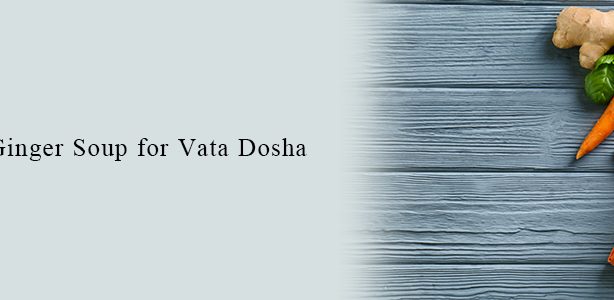Emphasis should be on regular, nourishing meals to provide stability and prevent Vata imbalance.
Pitta dosha: Ayurvedic Singapore recommends a diet that cools and soothes to pacify the fiery nature of Pitta. This involves incorporating sweet, bitter, and astringent tastes. Foods like cucumber, mint, coconut, and coriander help maintain balance. Moderation in spicy, salty, and sour foods is advisable, as they can exacerbate Pitta imbalances.
Eating at regular intervals and avoiding overly hot or spicy foods contribute to the overall well-being of Pitta-dominant individuals.
Kapha dosha: According to Ayurveda Singapore, Kapha individuals, with their inherent stability and moisture, benefit from a diet that is warm, light, and stimulating. Incorporating pungent, bitter, and astringent tastes helps balance Kapha. Foods such as cruciferous vegetables, legumes, and light grains are favorable.
Maintaining an active lifestyle and avoiding excessive intake of heavy, oily, and sweet foods is essential to prevent Kapha imbalances.
Seasonal eating in Ayurveda
In Ayurvedic nutrition, the concept of Ritucharya, or seasonal regimen, plays a pivotal role. Ayurveda Singapore recognizes three primary seasons—Vata (fall and early winter), Pitta (summer), and Kapha (late winter and spring). Aligning dietary choices with the prevailing season helps maintain equilibrium and prevent imbalances associated with doshas.
Vata season (Fall and Early Winter): As Vata is predominant during this season, Ayurveda Singapore suggests incorporating warm, nourishing foods is crucial. Root vegetables, hearty stews, and warming spices like cinnamon and nutmeg are beneficial.
Adequate hydration with warm beverages and the inclusion of healthy fats help combat the dryness associated with Vata.
Pitta season (Summer): Given the intense heat during Pitta season, cooling foods become supreme, says Ayurvedic Singapore. Water-rich fruits like watermelon, cucumber, and berries, along with leafy greens, support balance.
Emphasis on hydration, through both food and drink, is essential to counteract the heat and prevent Pitta aggravation.
Kapha season (Late Winter and Spring): During the Kapha season, as the earth begins to thaw, Ayurveda Singapore recommends incorporating lighter, warming foods. Spices like ginger and garlic, along with astringent and bitter tastes, help balance Kapha.
Engaging in regular physical activity and favoring foods that stimulate digestion contribute to maintaining equilibrium.
Practical tips for Ayurvedic nutrition
Mindful eating: Ayurveda Singapore places great importance on the manner in which we eat. Practicing mindful eating, savoring each bite, and paying attention to hunger and satiety cues contribute to optimal digestion and assimilation of nutrients.
Food combining: Ayurveda Singapore emphasizes proper food combining to enhance digestion. For example, avoiding the simultaneous consumption of fruits and dairy can prevent digestive issues and optimize nutrient absorption.
Cooking methods: The method of food preparation is as significant as the choice of ingredients. Ayurveda Singapore encourages cooking methods that enhance the digestibility of food, such as steaming, stewing, and sautéing, while minimizing raw and excessively processed foods. Ayurvedic Singapore offers a personalized and holistic nutrition approach to maintaining health and preventing imbalances. By understanding and aligning with your dominant dosha, as well as considering the seasonal influences on your body, you can cultivate a diet that promotes balance and vitality.



